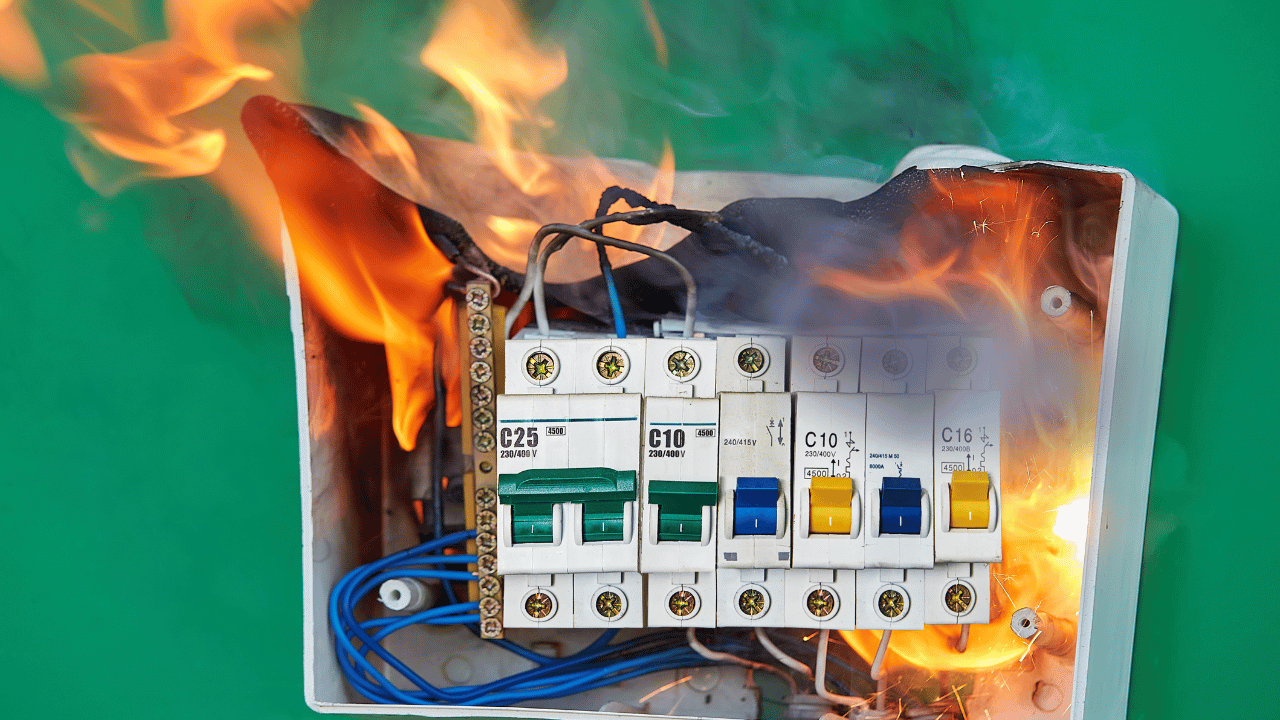Last Updated on October 21, 2023 by Pro Handyman Australia – Editorial Team
Home electrical issues, more than often, contribute to significant safety concerns. Reports suggest that approximately 51,000 fires are sparked every year due to these problems, resulting in a staggering number of 500 fatalities and over 1,400 injuries. Recognizing the gravity of these statistics is the first step to preventing such tragedies in your home.
Seasonal Safeguarding
Spring, with its vibrant blossoms, may seem benign, but it’s the season where weather changes can have profound impacts on a home’s electrical system. The unpredictable bouts of rain, gusty winds, and occasional tumultuous storms can be potential hazards, especially if there are underlying electrical vulnerabilities in the house.
Understanding Your Home’s Electrical System
Your home’s electrical system consists of various components, each playing a crucial role in maintaining the safety and functionality of your residence. Among these components, you might be familiar with terms like GFCI and AFCI outlets, or even whole-house surge protection. Setting time aside during spring cleaning to inspect your electrical system can go a long way in ensuring your home’s safety throughout the year.
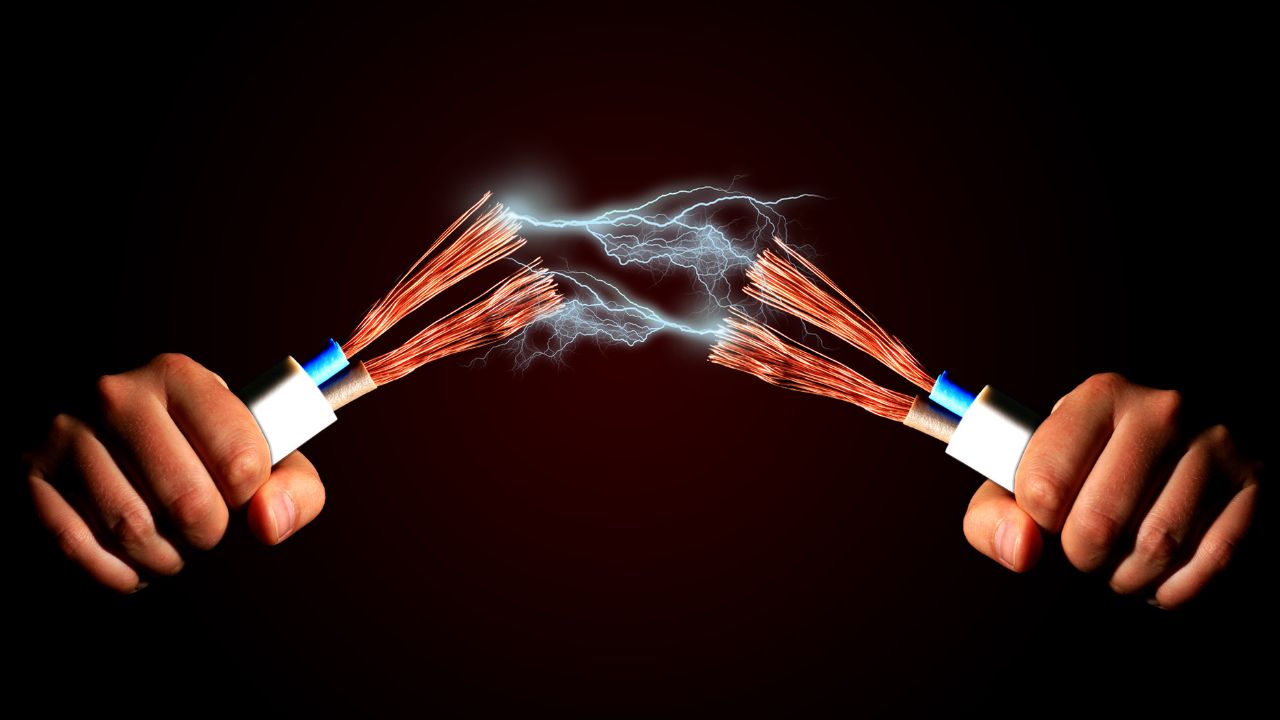
General Electrical Knowledge: More Than Just Basics
While the average individual may possess some rudimentary understanding of electricity, such as resetting a tripped breaker or the potentially dangerous combination of water and electricity, there remains a vast sea of knowledge that is often uncharted. Electrical safety, or the lack thereof, results in significant repercussions annually. Specifically, electrical outlets or receptacles are a major concern. Data suggests that these outlets lead to 5,300 home fires, causing over 40 fatalities and 100 injuries each year.
Home Electrical Safety Checklist: A Guide to Prevention:
Our checklist aims to address this alarming situation by promoting better electrical safety practices among homeowners. Alongside implementing these DIY checks, it’s paramount to engage a professional for an annual electrical safety inspection. The importance of this inspection cannot be overstated. It ensures that your home’s electrical system is in compliance with the safety guidelines laid out in the National Electrical Code (NEC).
During a professional inspection, expect the electrician to assess the following:
- Electrical panel
- Outlets and switches
- Wiring and circuits
- GFCI and AFCI functionalities
- Outdoor circuits and HVAC wiring
- Smoke and CO detectors
Frequency of Electrical Inspections:
It’s prudent to carry out an inspection of your home’s electrical system bi-annually. This becomes especially vital if:
- Your house is over four decades old
- You have recently moved to a new residence
- Your home has been subjected to major renovations
As you continue reading, you’ll gain deeper insights into specific areas of inspection and the importance of each.

Assessing Outlets and Light Switches:
- Ensure that all light switches and outlets in your home are functioning as they should.
- Be cautious of switches or outlets that feel warm to the touch or appear discolored.
- Listen for any unusual sounds, like buzzing or crackling, emanating from these fixtures.
- Plugs should fit securely into outlets without any looseness.
- Ensure you have an adequate number of switches and outlets to meet your needs.
- When positioning furniture, make sure it doesn’t force you to depend heavily on extension cords.
- A peculiar odor, reminiscent of burning plastic or something decaying, near an outlet or switch could indicate an underlying electrical issue. If you perceive such an aroma, it’s essential to turn off power from the breaker box and immediately consult an expert electrician.
Extension Cord Safety
- Extension cords are designed for temporary use. If you’ve used one for more than a month, consider alternative power solutions, especially for appliances like space heaters and air conditioners.
- Check that your extension cords are appropriate for their intended setting, whether indoor or outdoor.
- Regularly inspect cords for any visible damages, such as exposed wires, cracks, or frays.
- It’s beneficial to use extension cords certified by recognized testing laboratories like UL, CSA, or ETL.
- Avoid running cords through areas where they may be constricted or pose tripping hazards, like walls, ceilings, or across doorways.
- Refrain from affixing cords using staples or nails, as this can damage them.
- Ensure that the plug fits firmly into the socket without any part of the prong showing.
- A hot extension cord is a warning sign; it shouldn’t feel warm during operation.
- Always make sure the cord is rated to handle the power requirements of the appliance you’re using.
Guidelines for GFCIs and AFCIs
- Make a monthly routine of testing your Ground Fault Circuit Interrupters (GFCIs) and Arc Fault Circuit Interrupters (AFCIs).
- Areas around your kitchen and bathroom should have GFCI outlets for enhanced safety.
- Consider upgrading your regular circuit breakers to AFCIs, which offer superior detection of hazardous electrical conditions.
- While the National Electrical Code (NEC) mandates the installation of GFCIs in specific areas like bathrooms, kitchens, basements, and garages, AFCIs might be required in various or even all parts of a home, depending on regional regulations. Consult with an electrician to ensure your home meets these standards.
Monitoring Smoke and CO Detectors
- Install smoke detectors on every level of your residence, in each bedroom, and in the corridors leading to sleeping areas.
- Regularly, at least monthly, test your smoke alarms to ensure they are operational.
- Position carbon monoxide (CO) detectors on each floor and near sleeping zones for optimal safety.
- Just like smoke alarms, make it a monthly task to test your CO detectors.
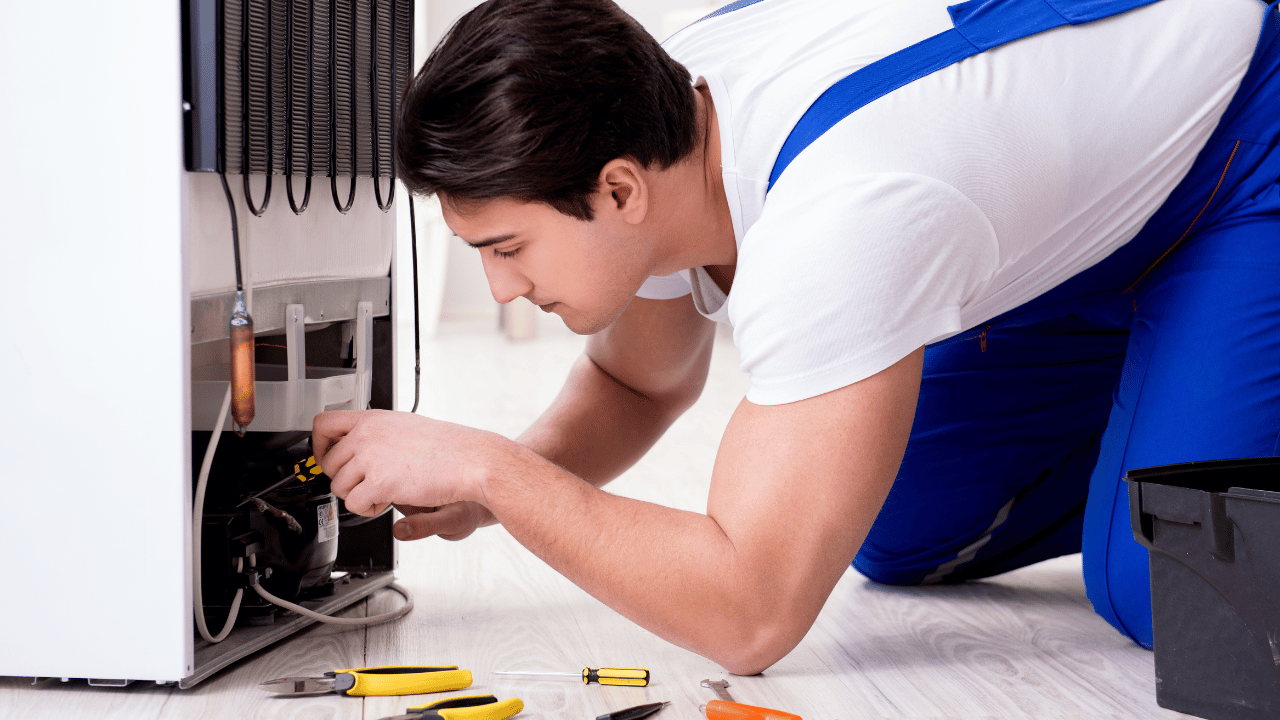
Electrical Appliances: Maintenance and Safety
- Regularly, at least biannually, clean essential appliances such as your oven, range, and exhaust hood to ensure their optimal functioning.
- Ensure that ovens are devoid of potentially combustible materials, including plastics, paper, and towels.
- Provide sufficient air circulation around large appliances like your dryer and refrigerator for them to function efficiently.
- Periodically inspect your refrigerator’s rear section, ensuring there’s no debris or dust accumulation on the coils, as this can both hinder energy efficiency and pose a fire hazard.
- Keep kitchen appliances at a safe distance from water sources and ensure they are connected to GFCI outlets.
- Make a monthly habit of testing GFCI outlets, especially in areas like the kitchen, bathroom, and laundry room.
- Avoid placing any wires or cords close to appliances that produce heat, such as stovetops, ovens, or toasters.
- Regularly inspect electrical cords for any damages, and ensure they aren’t positioned in areas where they could be tripped over or constricted.
- If your washer or dryer moves excessively during operation, it might need to be adjusted or inspected.
- Ensure your HVAC system has adequate ventilation and maintain the water heater at a safe temperature, ideally around 120 degrees Fahrenheit.
- Cultivate the habit of clearing the lint trap in your dryer after every cycle to prevent potential fire hazards.
- Consider unplugging appliances when they aren’t in use to conserve energy and reduce costs. Employing a power strip can be an effective way to manage multiple devices simultaneously.
- Refrain from using extension cords as a permanent power solution for your appliances.
- If any of your primary appliances give you an electric shock, it’s a sign to seek professional help.
- Ensure you’ve scheduled your annual HVAC maintenance and have also conducted a self-check of your AC unit.
Your Electrical Panel: Organized and Updated
- Place a visible label on your electrical panel, indicating the last time it was serviced.
- If you experience issues like tripping circuit breakers, blown fuses, or malfunctioning outlets and switches, it’s crucial to address them promptly.
- Properly label your circuit breakers, ensuring clarity on which breaker is associated with specific circuits, outlets, or rooms.
- Each breaker should be marked with its appropriate amperage rating for reference.
General Electrical and Fire Safety: Preparedness and Vigilance
- Formulate a comprehensive evacuation plan and familiarize all household members with it to ensure a swift response during emergencies.
- Use light bulbs that align with the wattage recommendations of your fixtures to avoid potential hazards.
- In households with young children, consider installing tamper-resistant receptacles for added safety.
- Carry out periodic checks on all electrical devices, plugs, extension cords, and electrical cords for any signs of wear or damage.
- Any occurrence of flickering lights, buzzing sounds, electrical shocks, or frequently tripped breakers are strong indicators of underlying electrical issues. If you encounter any of these signs, consult a professional electrician without delay. Overburdened outlets might require the installation of a new circuit to handle the load.
Decoding Unusual Odors: Electrical Safety Alert
Should you ever detect a peculiar odor akin to rotten eggs, a deceased creature, fish, or even urine, it might point towards an overheating electrical device. These distinct smells often arise when the plastic parts of your electrical components start burning.
It’s essential not to dismiss these unusual scents. Promptly inspect the outlets and electrical components in the vicinity of the odor. If you spot any discoloration, evidence of burning, or melting, it’s imperative to shut down the power at your breaker box. Following that, get in touch with a certified electrician right away. By acting swiftly, you might just prevent a potential electrical fire.
Moreover, it’s always wise to ensure that all flammable items are securely placed away from any heat sources in your home.
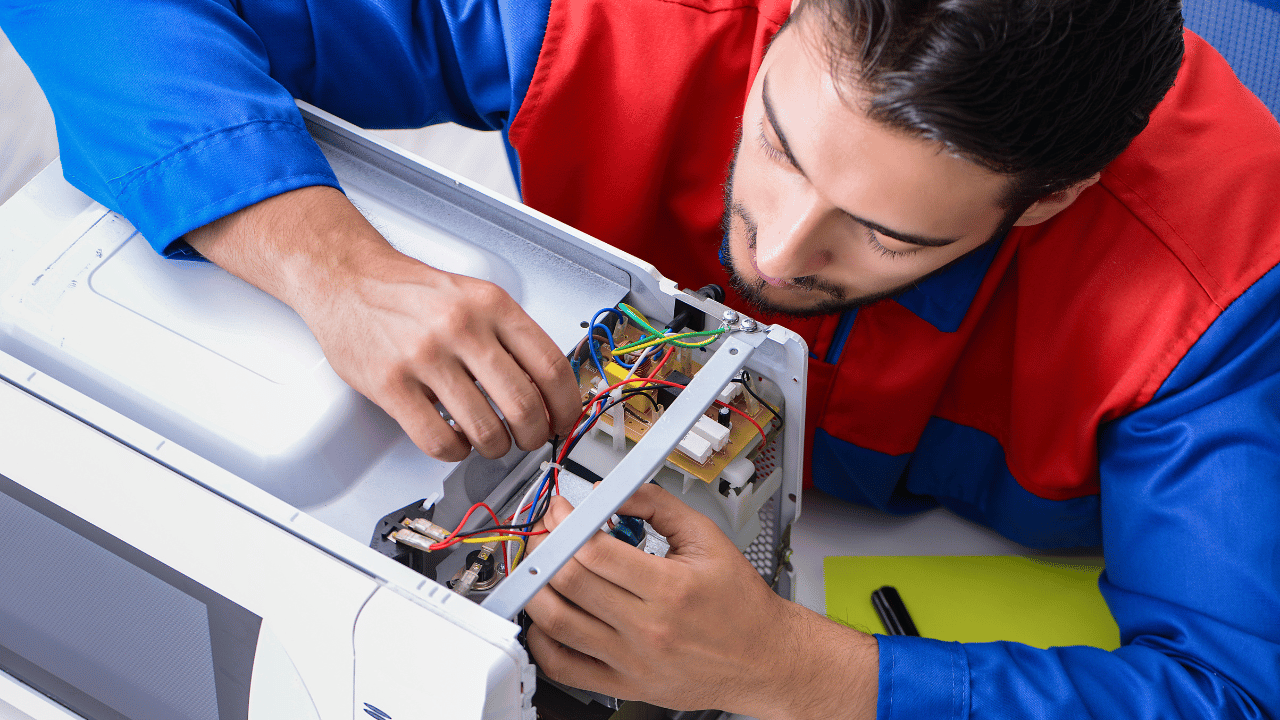
Routine Monthly Electrical Checks: Safekeeping Your Home
To provide a secure environment for your household, consider integrating the following electrical safety tasks into your monthly routine:
- Regularly test your Ground Fault Circuit Interrupters (GFCIs) and Arc Fault Circuit Interrupters (AFCIs).
- Ensure the functionality of your smoke and carbon monoxide (CO) alarms. When you push the “TEST” button on these devices, a chirp or beep should be audible. If it’s not, it might be time to replace the batteries. While it’s a general recommendation to change these batteries annually, don’t forget to replace the entire smoke alarm system every decade to maintain its efficacy.
Your Home Electrical Safety Checklist
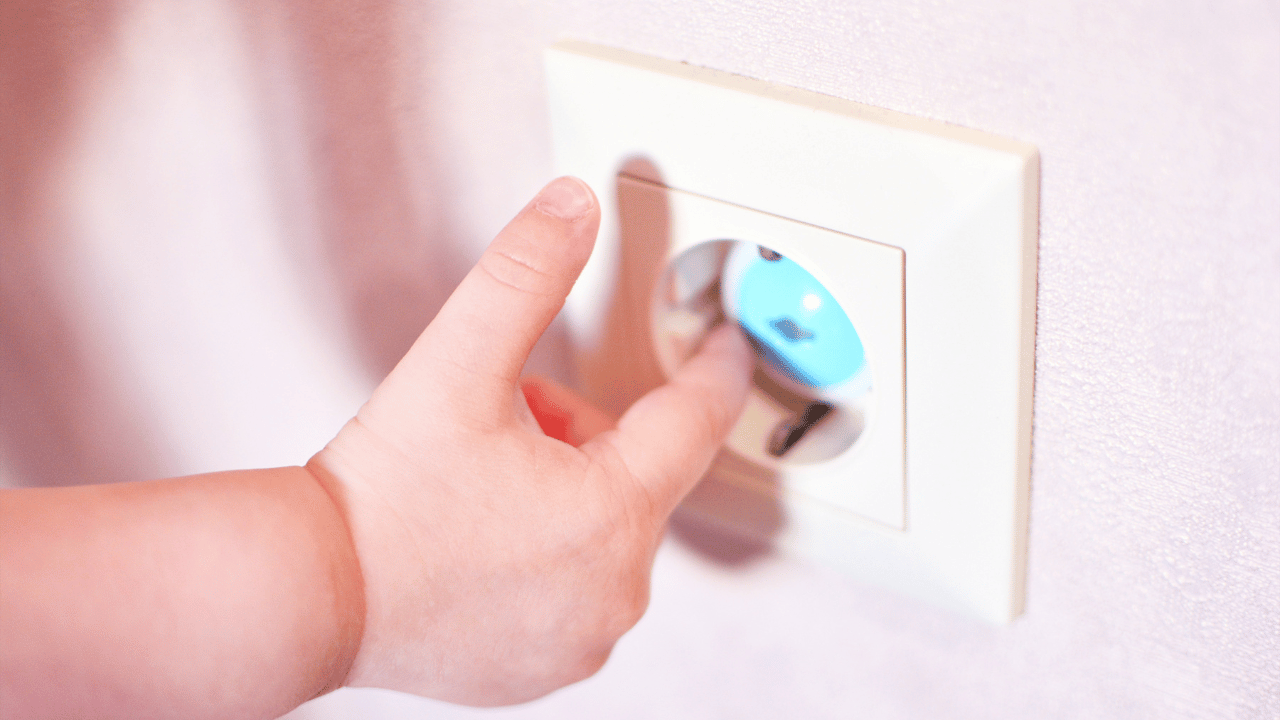
Surge Protection: Shielding Your Electronics
To protect your electronics from the damaging effects of voltage spikes—whether caused by lightning or high-energy appliances—it’s wise to use surge protectors. These devices are designed to channel excess electricity to the outlet’s grounding wire, ensuring that the current reaching your devices remains consistent. For more holistic protection, consider installing a whole-house surge arrestor, safeguarding every circuit within your home.
Extension Cord Care and Usage
While extension cords offer convenience, they aren’t designed for perpetual use. Regular inspection can help prevent potential electrical fires. Keep an eye out for signs of wear, such as loosened ground prongs or cracked insulation, and replace damaged cords without delay. Moreover, for their longevity:
- Avoid using extension cords perpetually.
- Ensure cords are placed in suitable locations—either indoors or outdoors.
- Prevent tripping hazards and damage by placing cords beneath rugs and away from heavy furniture.
Lighting: The Right Bulb Matters
Selecting the appropriate lightbulb for each fixture is more than just aesthetic—it’s a matter of safety. Using a bulb that exceeds a fixture’s maximum wattage can cause overheating, increasing the risk of electrical fires. Always refer to a fixture’s specifications to choose the right bulb type and wattage.
Appliance Safety Checks
With the multitude of appliances in most homes, especially in spaces like the kitchen, regular safety checks are essential. Inspecting appliances such as your refrigerator, oven, washer, dryer, and HVAC system can prevent unforeseen electrical mishaps. A few guidelines to consider:
- Clean behind your refrigerator, removing dust or debris that might affect coil efficiency.
- Ensure appliances, especially in the kitchen, aren’t near water sources or overcrowded countertops, which can expose wires to heat.
- Periodically inspect all appliance cords for any sign of damage.
Reading and understanding appliance instructions are vital for operational safety and optimal performance. If an appliance causes any discomfort, like a mild shock, refrain from using it until a professional assesses it.
Outlet Management and Safety

An overloaded outlet is not just an inconvenience; it’s a hazard. Maintain outlets by ensuring:
- They are cool to the touch and have protective faceplates.
- High-wattage appliances, like heaters, are plugged in individually without extension cords or multi-outlet converters.
- Damaged cords are promptly replaced or repaired.
- Consider smart plugs that can monitor power loads and automatically shut off if overheating is detected.
Should you find yourself relying heavily on extension cords, it might be time to install additional outlets. And remember, while power strips increase the number of devices you can plug in, they don’t increase the outlet’s power capacity.
Cord Care: Storing and Handling
Safe electrical practices extend beyond active use. When storing cords:
- Keep them out of the reach of children and pets.
- Avoid tightly wrapping them, which can lead to overheating or stretching.
- Never place cords on hot surfaces.
For regular power needs, a 16 AWG cord, which can handle up to 1,375 watts, is usually suitable. For more significant power requirements, consider thicker cords like 14 or 12 AWG.
Smart Practices: Unplugging and Positioning
A simple yet effective safety measure is unplugging appliances when not in use. This practice can reduce power consumption and the risks of overheating and surges. Today’s smart plugs can help manage this by setting schedules for each outlet.
Always prioritize keeping electrical devices and outlets away from water sources. Dry hands are crucial when handling electrical equipment. By ensuring a safe distance from sinks, showers, plant pots, and other water sources, you significantly reduce the risk of electrical accidents.
Air Circulation: The Key to Appliance Longevity
Ensuring proper air circulation around your appliances is crucial in preventing them from overheating. Electrical equipment, when confined or operated in enclosed spaces, is more susceptible to short-circuiting, posing a potential fire risk. To heighten electrical safety, keep flammable items distanced from appliances and electronics. Your gas or electric dryer, in particular, should be positioned at least a foot away from any obstruction for optimal and safe functionality.
Maintaining Exhaust Fans: Enhancing Safety and Appliance Lifespan
Many appliances come equipped with exhaust fans, integral for their proper functioning. Over time, these fans can accumulate dirt or become obstructed, compelling the appliance to exert more, reducing its lifespan and elevating the risk of overheating. In some cases, this can even lead to hazardous gas build-ups, resulting in potential fire threats. A simple regular cleaning routine can help mitigate such risks and ensure appliance longevity.
Wattage Awareness: The Right Choice for Safe Operation
The importance of using the correct wattage for lamps, fixtures, and appliances cannot be overstated. It’s pivotal in averting electrical complications. Should you encounter a light fixture without a wattage indication, it’s advisable to use bulbs that are 60 watts or lower. For ceiling fixtures that lack wattage specifications, opting for 25-watt bulbs is the safer choice.
Heater Safety: Minimizing Risks and Maximizing Efficiency
When it comes to heaters, it’s imperative to maintain a safe distance between them and combustible materials. Furnaces, both portable and built-in, should be kept clear of potential fire risks. Specifically for portable heaters, avoid placing them near curtains, and always ensure they sit on stable surfaces to prevent any accidental tip-overs.
Furthermore, are you aware of your water heater’s temperature setting? A high temperature not only increases energy consumption but also poses burn and scald risks, particularly in households with young children. Adjusting to a moderate temperature setting can ensure safety and energy efficiency.
The Critical Importance of Electrical Safety: Respecting Electric Wires
In the modern world, it’s nearly impossible to imagine life without electricity. It powers our homes, charges our devices, and keeps our communities bright at night. But with these benefits comes the responsibility of understanding and respecting its power. Central to this is practicing safety around electric wires, which carry this potent force into our daily lives. Let’s delve deep into the reasons why electrical safety, especially around wires, is not just necessary but imperative.
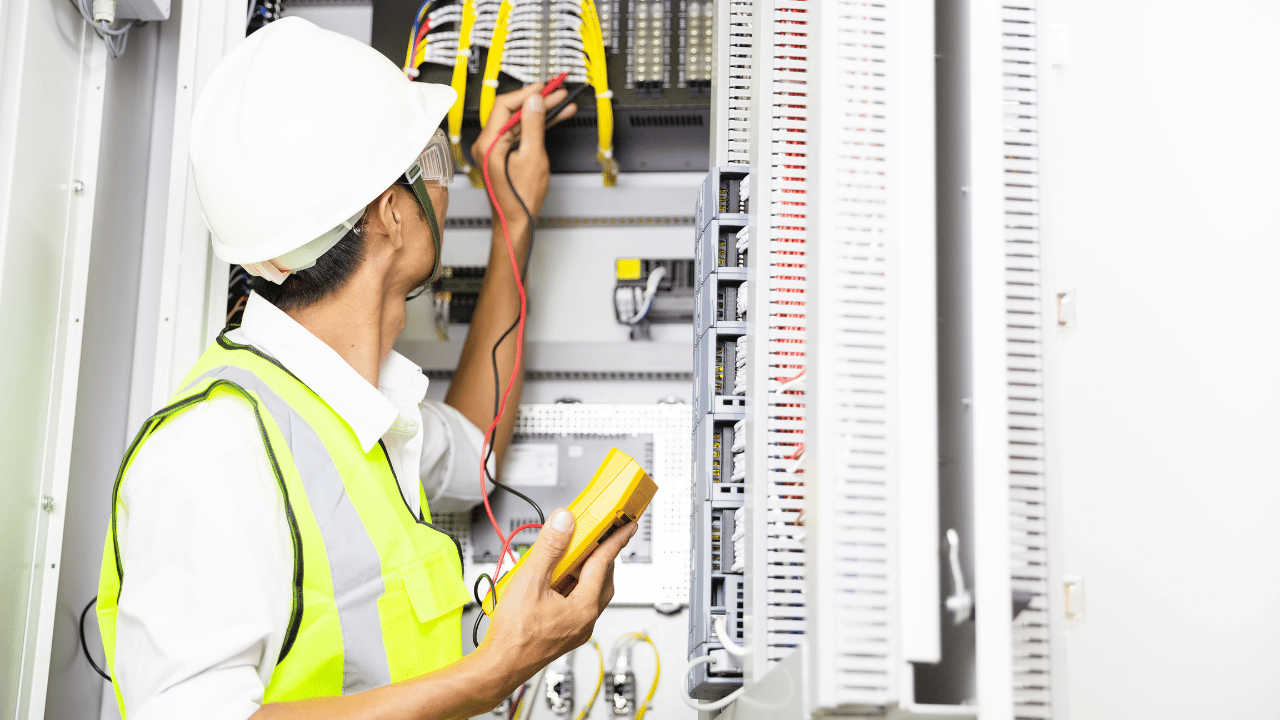
1. The Raw Power of Electricity
To understand why electrical safety is so crucial, it’s helpful first to appreciate the power of electricity. A simple oversight with electrical wiring can lead to significant issues. Even a minor electric shock can cause palpitations, burns, and muscle spasms. More severe electrical incidents can lead to cardiac arrest and even prove fatal.
2. Preventing House Fires
According to the U.S. Fire Administration, electrical fires account for a significant number of home fires annually. Many of these are caused by faulty wiring or overburdened circuits. Ensuring electrical wires are properly installed and maintained reduces the risk of fire, safeguarding not only property but, more importantly, lives.
3. Protecting Children and Pets
Children and pets, curious by nature, can inadvertently expose themselves to electrical hazards. Unguarded or exposed wires can be tempting for children to touch or for pets to chew on, leading to tragic consequences. Ensuring wires are safely tucked away and outlets are covered can prevent many of these potential accidents.
4. Prolonging Appliance Lifespan
Faulty or frayed wires can cause appliances to malfunction. Not only can this lead to costly repairs or replacements, but a malfunctioning appliance can also be a safety hazard. By ensuring wires are in good condition, we can prolong the life of our appliances and ensure they operate safely.
5. Financial Implications
Beyond the immediate dangers, there are financial implications to improper electrical safety. Fires or appliance malfunctions due to faulty wiring can lead to insurance claims, which might increase premiums. In some cases, insurance may not cover damages if it’s found that electrical safety protocols weren’t followed.

6. Maintaining Community Safety
It’s not just about individual households. Community infrastructure, including power lines, substations, and transformers, need to be treated with respect. Vandalism or tampering with community electrical equipment can lead to outages, impacting hospitals, schools, and emergency services.
7. Legal and Regulatory Standards
In many countries, homeowners and businesses are legally required to ensure their electrical installations meet specific safety standards. Ignoring these can lead to hefty fines and potential legal action.
8. Personal Responsibility
Being safe around electric wires is also a matter of personal responsibility. Just as we wouldn’t want to endanger ourselves, we should ensure our actions (or inactions) don’t put others at risk. This includes hiring qualified electricians for installations and repairs and conducting regular safety checks.
9. Ensuring Uninterrupted Power
A safe electrical system is also a reliable one. Issues with wiring can lead to frequent power interruptions. By ensuring that our electrical wires are in good condition and that our electrical system is properly maintained, we can enjoy an uninterrupted power supply.
10. Peace of Mind
Lastly, knowing that we’ve taken all necessary precautions provides peace of mind. We can rest easy, knowing our homes and businesses are safe from electrical hazards.
Conclusion
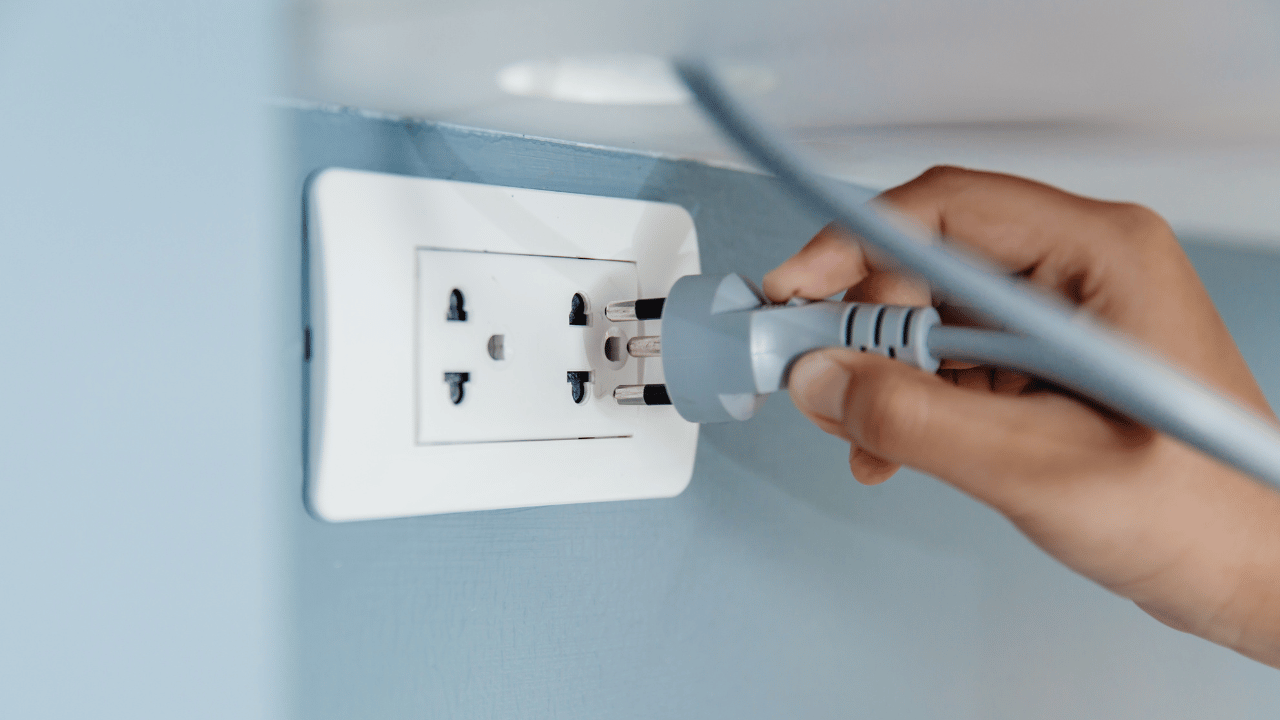
In today’s technologically-driven homes, electrical safety remains paramount. The intricate web of appliances, gadgets, and wiring requires meticulous attention to ensure that our living spaces remain risk-free. A comprehensive home electrical safety checklist is not just a handy tool; it’s an indispensable guide for homeowners to navigate the complexities of modern electrical needs. Regularly reviewing and adhering to this checklist can avert potential hazards, safeguarding both the home and its inhabitants. Whether you’re a seasoned homeowner or just starting on your journey, make electrical safety a priority. By investing time in routine checks and preventative measures, you can ensure that your home remains both functional and secure for years to come.
